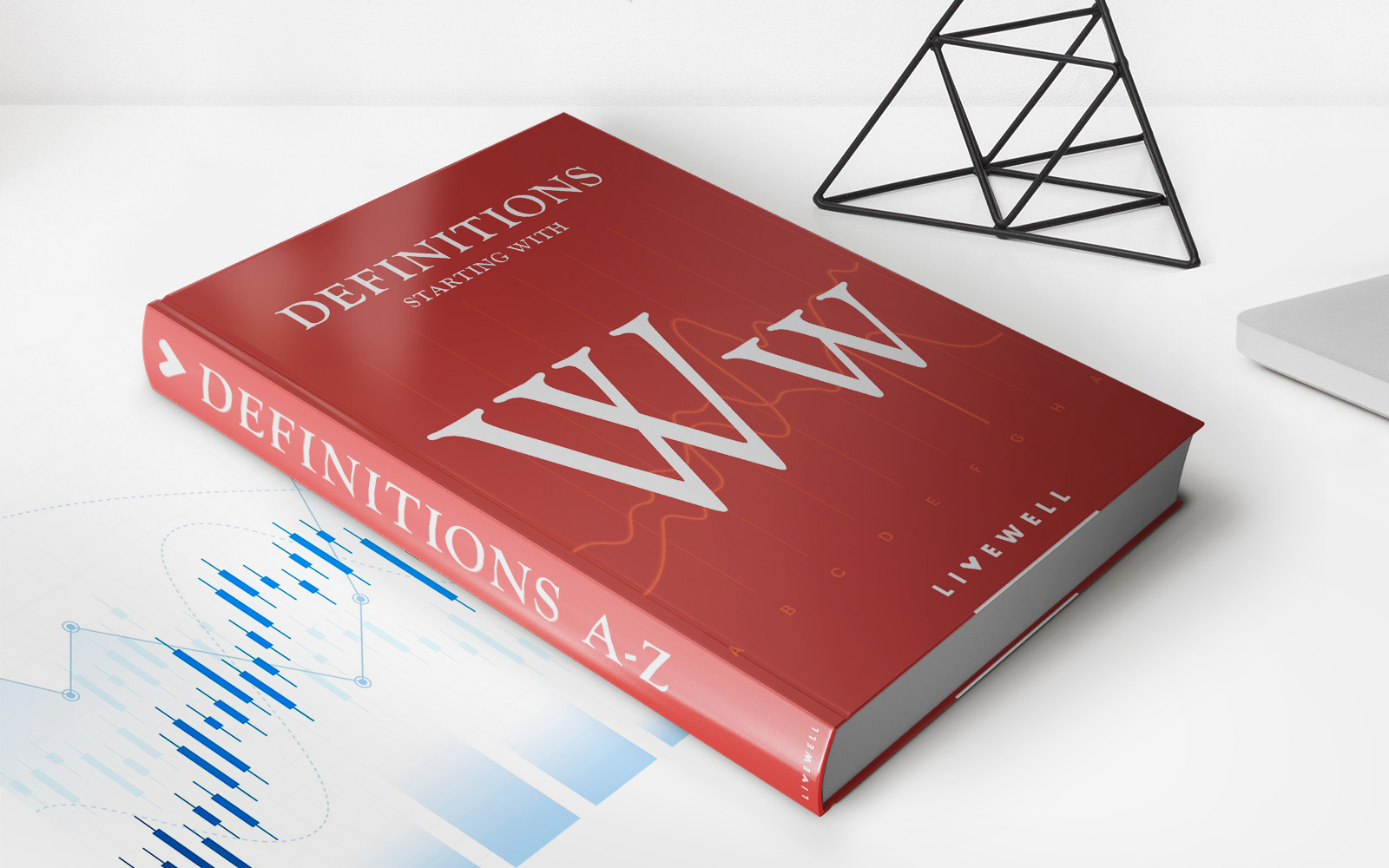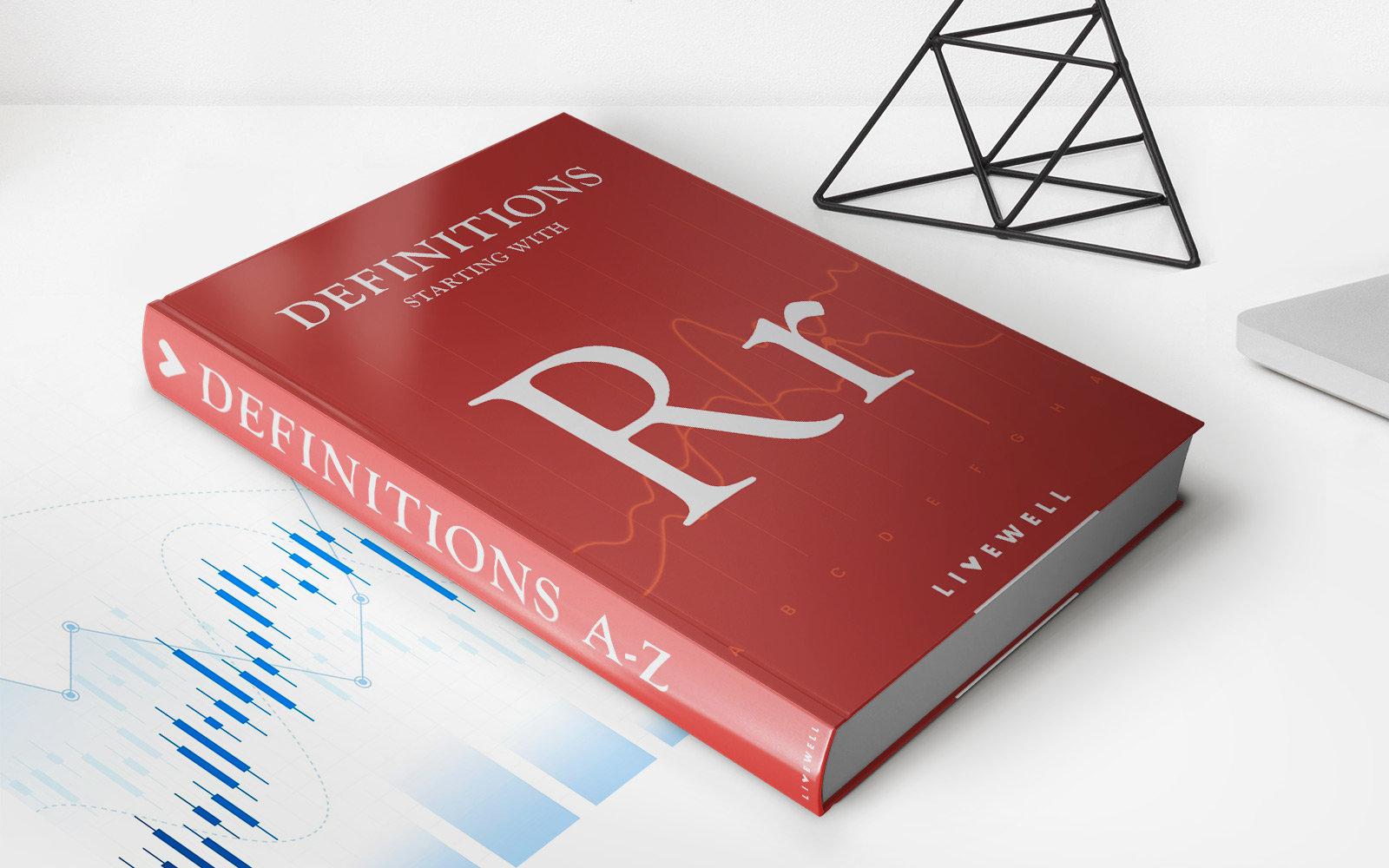Home>Finance>Why Has There Been An Increase In Mergers And Acquisitions


Finance
Why Has There Been An Increase In Mergers And Acquisitions
Published: February 24, 2024
Explore the reasons behind the surge in mergers and acquisitions in the finance sector. Understand the factors driving this trend and its impact on the industry.
(Many of the links in this article redirect to a specific reviewed product. Your purchase of these products through affiliate links helps to generate commission for LiveWell, at no extra cost. Learn more)
Table of Contents
Introduction
In recent years, the business landscape has witnessed a remarkable surge in mergers and acquisitions (M&A). This trend has stirred significant interest and speculation among industry experts and observers. The rationale behind this surge is multifaceted and encompasses various economic, technological, and strategic factors. Understanding the driving forces behind this surge is crucial for businesses, investors, and policymakers alike.
The rise in M&A activity has been a prominent feature of the global economy, impacting businesses across diverse sectors. This trend has garnered attention due to its potential to reshape industries, influence market dynamics, and redefine competitive landscapes. As such, delving into the underlying reasons for this surge is essential to comprehend the broader implications and anticipate future trends in the M&A domain.
The following sections will explore the intricate web of factors contributing to the increase in mergers and acquisitions, shedding light on economic considerations, technological advancements, globalization, strategic benefits, and the regulatory environment. By dissecting each of these elements, we can gain a comprehensive understanding of the forces propelling the surge in M&A activity and the implications for businesses and the global economy.
Economic Factors
The surge in mergers and acquisitions can be attributed, in part, to prevailing economic conditions. In times of economic growth, businesses often seek to capitalize on favorable market conditions to expand their operations and market share. M&A activity provides a strategic avenue for companies to achieve rapid growth, diversify their offerings, and gain a competitive edge. Moreover, during economic upswings, businesses may have access to ample capital, making it financially feasible to pursue M&A deals.
Furthermore, economic downturns can also fuel M&A activity. In challenging economic climates, businesses may explore M&A as a means of consolidating resources, streamlining operations, and achieving cost efficiencies. Distressed companies may become acquisition targets, presenting opportunities for financially robust firms to acquire assets at favorable valuations.
Additionally, global economic trends, such as trade liberalization and shifts in consumer demand, can drive cross-border M&A activity. Companies may seek to enter new markets, access critical resources, or leverage synergies through international acquisitions, aligning their strategies with evolving economic dynamics.
Overall, economic factors play a pivotal role in shaping the M&A landscape, influencing the timing, nature, and strategic rationale behind transactions. By closely monitoring economic indicators and market trends, businesses can gain insights into the opportunities and challenges presented by M&A activity in different economic contexts.
Technological Advancements
Technological advancements have emerged as a significant catalyst for the surge in mergers and acquisitions. In today’s digital age, businesses are compelled to adapt to rapidly evolving technologies to remain competitive and meet changing consumer demands. As a result, companies often turn to M&A as a strategic tool to gain access to innovative technologies, intellectual property, and specialized talent.
Furthermore, the convergence of industries, driven by technological innovation, has blurred traditional sector boundaries. This phenomenon has led to an increase in cross-sector M&A activity, as companies seek to diversify their offerings, expand into adjacent markets, and harness the potential of emerging technologies. For instance, the integration of artificial intelligence, big data analytics, and Internet of Things (IoT) capabilities has spurred M&A deals aimed at enhancing digital capabilities and driving operational efficiencies.
Moreover, technological disruption has compelled businesses to reevaluate their strategic positioning and adapt to new market realities. Established companies may pursue M&A as a means of acquiring disruptive startups or innovative firms, integrating cutting-edge technologies, and fostering a culture of innovation within their organizations.
Overall, technological advancements have reshaped the M&A landscape, influencing the types of transactions, the valuation of technology-driven firms, and the strategic imperatives behind M&A deals. By embracing technological innovation and leveraging M&A as a conduit for digital transformation, businesses can position themselves for sustained growth and competitiveness in an increasingly tech-driven business environment.
Globalization
Globalization has been a pivotal driver of the surge in mergers and acquisitions, reshaping the dynamics of international business transactions. The interconnectedness of global markets, coupled with the removal of trade barriers, has created opportunities and imperatives for businesses to engage in cross-border M&A activity.
One of the primary factors fueling globalization-driven M&A is the quest for market access and expansion. Companies seek to capitalize on the growth potential of emerging markets, gain footholds in geographically diverse regions, and tap into new consumer segments. By acquiring local firms or establishing strategic partnerships, businesses can navigate cultural nuances, regulatory complexities, and market-specific challenges more effectively.
Moreover, globalization has facilitated the cross-border flow of capital, enabling businesses to access funding sources, investment opportunities, and strategic alliances across international boundaries. This has led to an increase in foreign direct investment (FDI) through M&A transactions, as companies look to deploy capital in overseas markets, acquire valuable assets, and forge global alliances to enhance their competitive positioning.
Furthermore, the integration of global supply chains and the pursuit of operational efficiencies have driven M&A activity aimed at consolidating industry value chains, optimizing logistics networks, and leveraging economies of scale on a global scale. Companies often engage in M&A to achieve synergies, mitigate supply chain risks, and enhance their capabilities to serve diverse markets with tailored solutions.
Overall, globalization has propelled M&A activity by creating opportunities for market expansion, fostering cross-border collaborations, and enabling businesses to navigate the complexities of global business environments. By embracing the imperatives of globalization and leveraging M&A as a strategic tool for international growth, companies can position themselves to thrive in an interconnected and dynamic global marketplace.
Strategic Benefits
Mergers and acquisitions offer a myriad of strategic benefits that drive companies to pursue such transactions as a means of achieving their long-term objectives. One of the primary strategic imperatives behind M&A is the pursuit of synergies, encompassing cost efficiencies, revenue enhancements, and strategic positioning. By consolidating operations, eliminating duplicative functions, and leveraging complementary strengths, companies can realize synergistic gains that contribute to enhanced competitiveness and financial performance.
Furthermore, M&A transactions provide companies with opportunities to diversify their product portfolios, expand their customer base, and enter new market segments. This diversification strategy allows businesses to mitigate risks associated with reliance on a single market or product line, while also unlocking cross-selling opportunities and revenue synergies that drive top-line growth.
Strategic alliances and partnerships forged through M&A enable companies to access new capabilities, intellectual property, and human capital, fostering a culture of innovation and knowledge exchange. By integrating diverse talent pools and expertise, companies can bolster their innovation pipelines, accelerate product development, and enhance their competitive differentiation in the market.
Moreover, M&A transactions often serve as a strategic response to industry disruptions, competitive pressures, and evolving consumer preferences. In rapidly changing business environments, companies may pursue M&A to reposition themselves, pivot their business models, or gain first-mover advantages in emerging markets, thereby shaping the future trajectory of their industries.
Overall, the strategic benefits of M&A encompass a spectrum of value-creation opportunities, ranging from operational efficiencies and revenue synergies to market diversification and innovation acceleration. By leveraging M&A as a strategic tool for transformation and growth, companies can navigate dynamic market landscapes, capitalize on emerging opportunities, and fortify their strategic positions in their respective industries.
Regulatory Environment
The regulatory environment plays a pivotal role in shaping the landscape of mergers and acquisitions, exerting influence on deal structures, market dynamics, and the overall M&A activity. Regulatory frameworks, both at the domestic and international levels, govern the antitrust considerations, compliance requirements, and approval processes that companies must navigate when pursuing M&A transactions.
Antitrust regulations and competition laws are critical factors that impact the feasibility and execution of M&A deals. Regulatory authorities scrutinize proposed transactions to assess potential anticompetitive effects, market dominance, and consumer welfare implications. Companies engaging in M&A must demonstrate compliance with antitrust regulations, often requiring divestitures of overlapping assets or market segments to alleviate concerns related to market concentration.
Moreover, the regulatory environment encompasses industry-specific considerations, such as sectoral regulations, licensing requirements, and national security provisions. Companies operating in regulated industries, such as finance, healthcare, and telecommunications, must navigate complex regulatory landscapes that influence the permissibility and structuring of M&A transactions within their respective sectors.
International M&A transactions are subject to diverse regulatory regimes across different jurisdictions, adding layers of complexity related to cross-border deal structuring, foreign investment regulations, and compliance with international trade agreements. Companies engaging in global M&A must navigate the intricacies of international regulatory frameworks, seeking approvals from multiple regulatory authorities and addressing cross-border legal considerations.
Overall, the regulatory environment significantly influences the strategic considerations, execution timelines, and risk assessments associated with M&A transactions. By staying abreast of evolving regulatory developments, companies can proactively address compliance requirements, anticipate regulatory hurdles, and navigate the complexities of the regulatory landscape to facilitate successful M&A outcomes.
Conclusion
The surge in mergers and acquisitions is a multifaceted phenomenon driven by a confluence of economic, technological, global, strategic, and regulatory factors. Understanding the underlying forces propelling this surge is essential for businesses, investors, and policymakers to navigate the evolving landscape of M&A activity.
Economic conditions, whether characterized by growth or downturns, exert a profound influence on M&A trends, shaping companies’ strategic imperatives and financial considerations. Technological advancements have emerged as a significant catalyst, compelling businesses to pursue M&A as a means of accessing innovative technologies, fostering digital transformation, and adapting to industry disruptions.
Globalization has reshaped the dynamics of M&A, fostering cross-border collaborations, market expansions, and capital flows across international boundaries. The pursuit of strategic benefits, including synergies, diversification, and innovation, underpins the strategic rationale behind M&A transactions, enabling companies to drive growth and competitiveness.
Simultaneously, the regulatory environment presents a complex web of considerations that influence deal structures, compliance requirements, and approval processes, necessitating a nuanced approach to navigate the regulatory complexities associated with M&A.
In conclusion, the surge in mergers and acquisitions reflects the dynamic interplay of economic, technological, global, strategic, and regulatory forces, reshaping the business landscape and industry dynamics. By comprehensively understanding these driving factors, businesses can strategically leverage M&A to capitalize on emerging opportunities, foster innovation, and navigate the complexities of the global marketplace.














